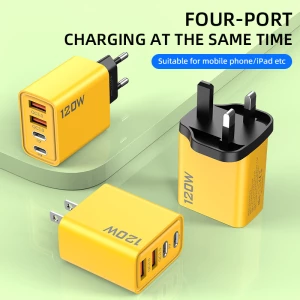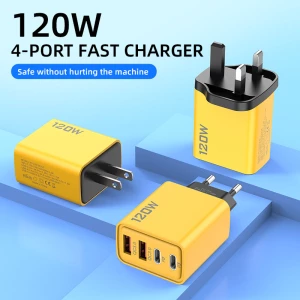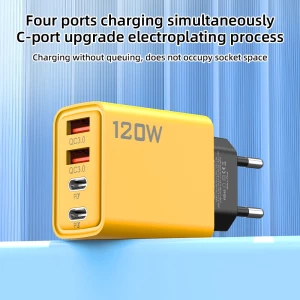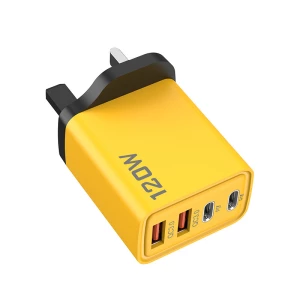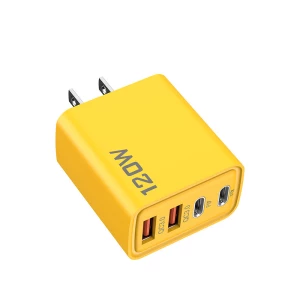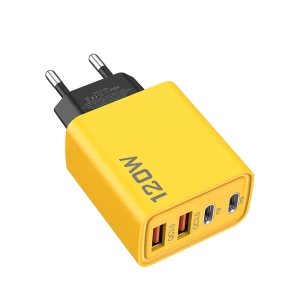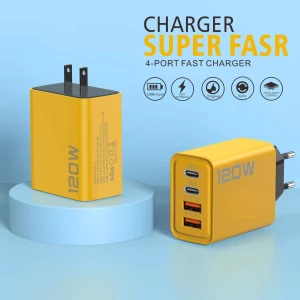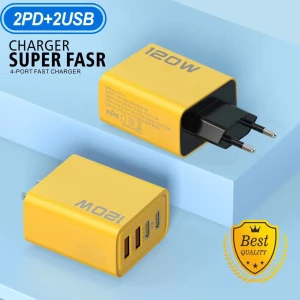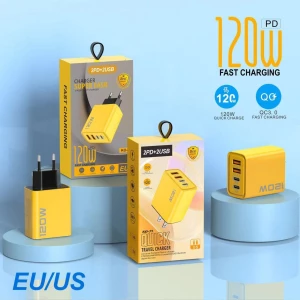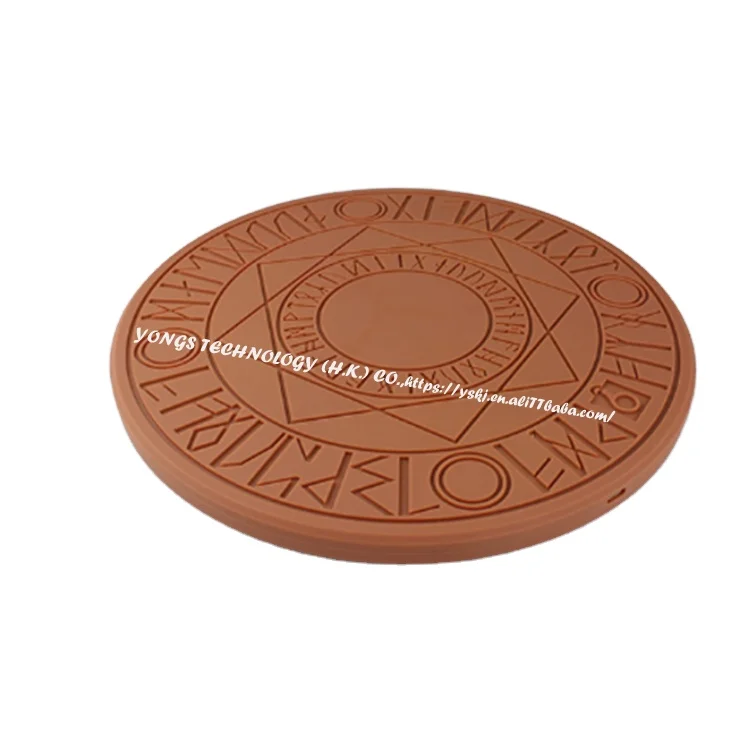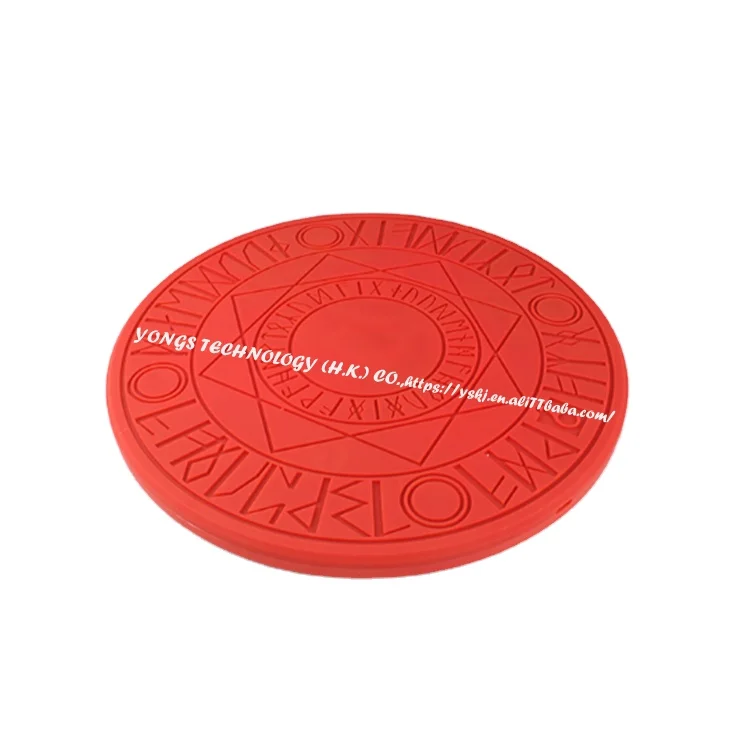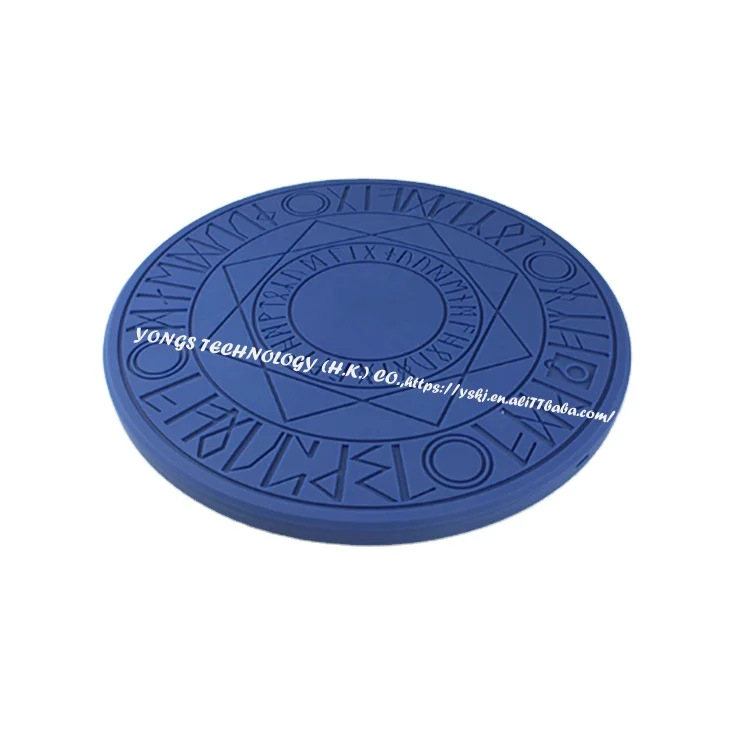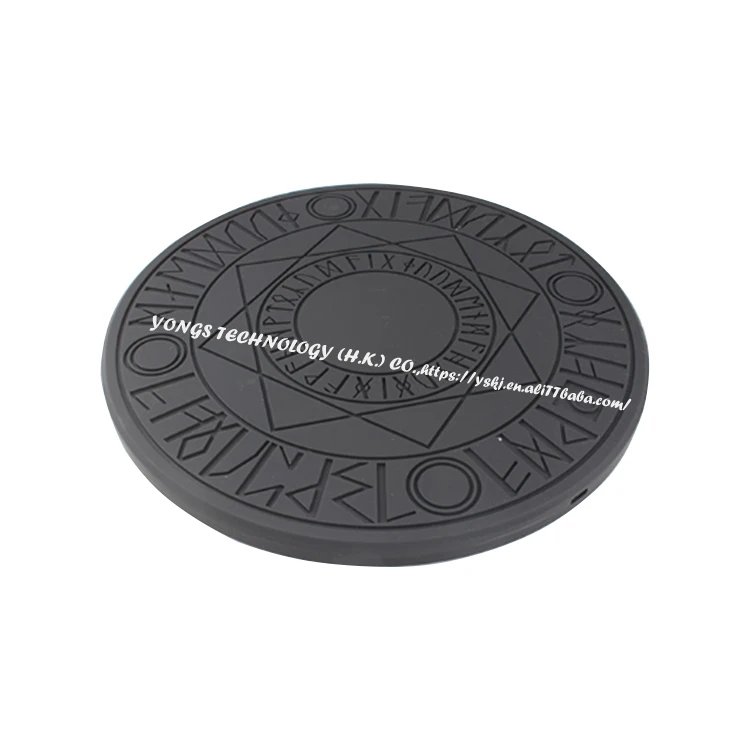On-board Chargers: Key Considerations for Buyers in 2025
As electric vehicles (EVs) continue to dominate the automotive market, on-board chargers have become a critical component for efficient charging. Whether you're a manufacturer or a buyer, understanding the nuances of these devices can save time and money. This article explores the types, features, and buying tips for on-board chargers in 2025.
How to Find Reliable On-board Chargers from China in 2025
China remains a leading supplier of on-board chargers, but finding trustworthy manufacturers requires due diligence. Look for suppliers with certifications like ISO 9001 and CE marks. Platforms like Alibaba and Made-in-China list verified vendors with customer reviews. Always request samples and test them for performance before bulk orders.
What Buyers Should Know Before Buying On-board Chargers from China
Before purchasing, verify the charger's compatibility with your EV model. Check warranty terms and after-sales support. Chinese suppliers often offer competitive pricing, but ensure the product meets international safety standards. Communicate clearly about shipping and customs duties to avoid unexpected costs.
Types of On-board Chargers
On-board chargers come in various types, including single-phase and three-phase models. Single-phase chargers are suitable for residential use, while three-phase chargers are ideal for commercial fleets. Other variations include modular chargers, which allow scalability based on power requirements.
Functions and Features of On-board Chargers
Modern on-board chargers offer features like fast charging, thermal management, and smart connectivity. Advanced models include diagnostics for real-time monitoring. Look for chargers with high efficiency ratings (above 90%) to minimize energy loss.
Scenarios of On-board Chargers
These chargers are used in EVs, hybrid vehicles, and even electric boats. Fleet operators benefit from fast-charging models, while individual users may prioritize compact designs. Industrial applications often require rugged, high-capacity chargers.
How to Choose On-board Chargers
Consider power output, compatibility, and durability. For example, a 7.2 kW charger suits most passenger EVs, while 22 kW models are better for commercial use. Always prioritize safety certifications and warranty coverage.
On-board Chargers Q & A
Q: What is the average lifespan of an on-board charger?
A: Most last 8-10 years with proper maintenance.
Q: Can I install an on-board charger myself?
A: Professional installation is recommended to ensure safety and compliance.
Q: How do I know if my charger is faulty?
A: Look for warning lights, slow charging, or unusual noises.
Q: Are Chinese on-board chargers reliable?
A: Yes, if sourced from certified manufacturers with good track records.
Q: What’s the difference between single-phase and three-phase chargers?
A: Single-phase is for home use; three-phase offers faster charging for commercial needs.


















